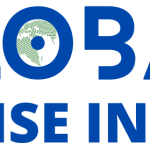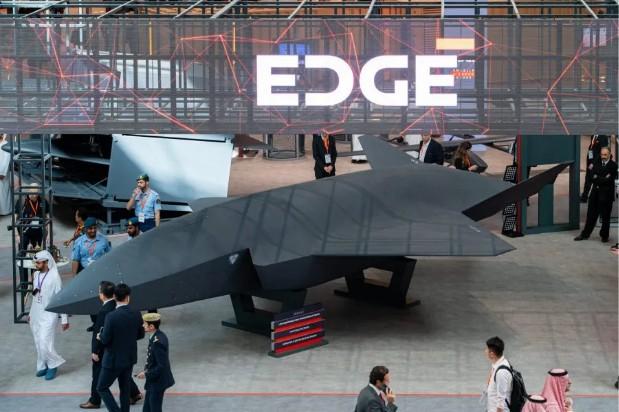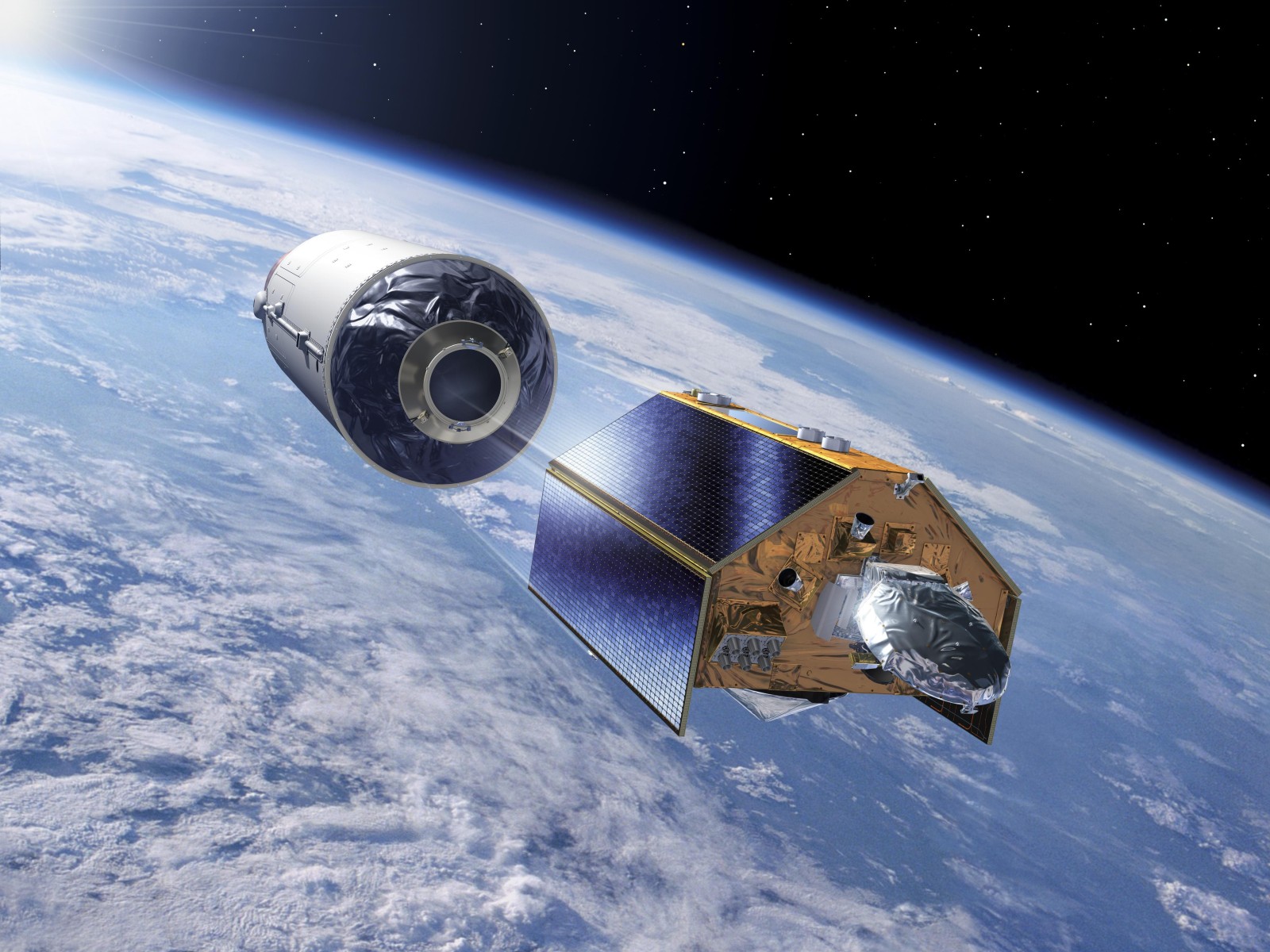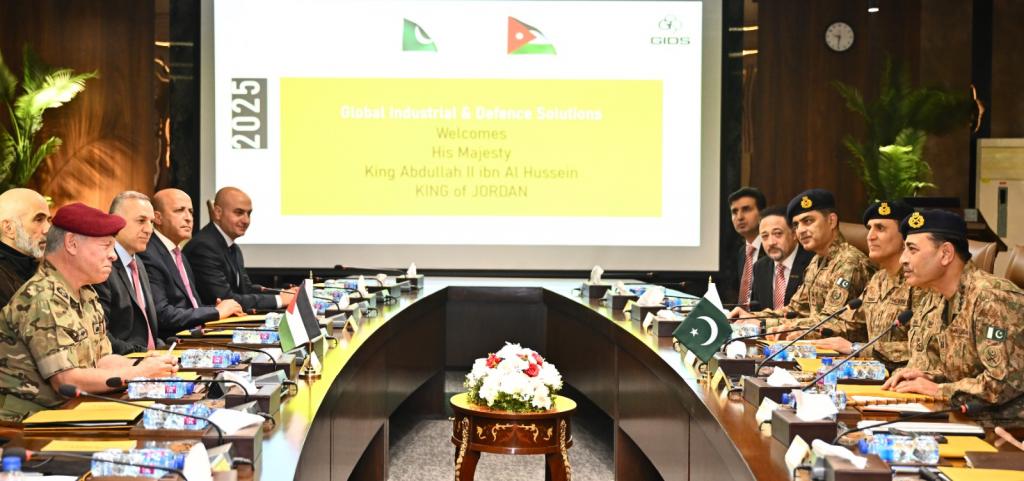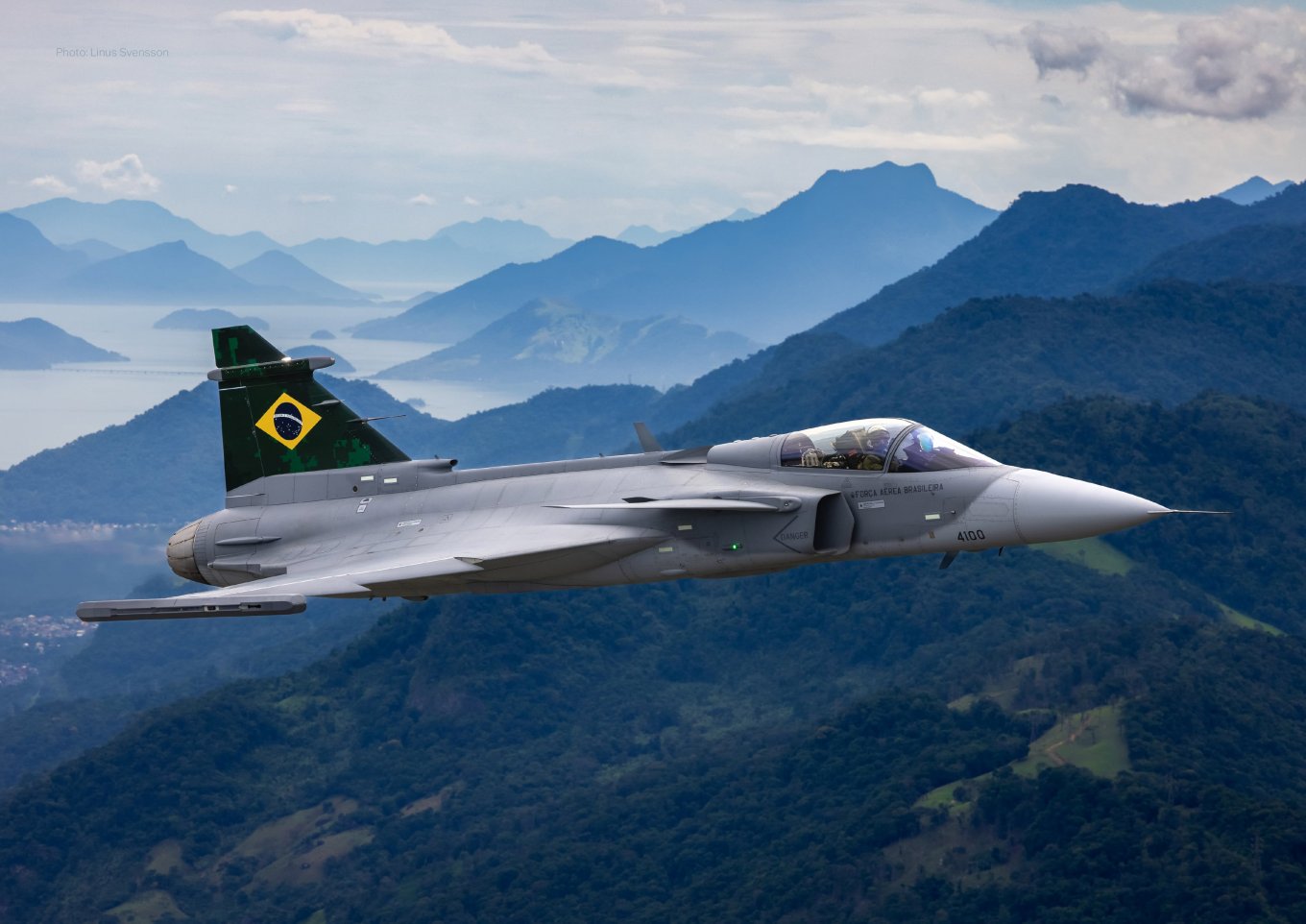As the post-Cold War order fractures and sanctions reshape supply chains, a new category of defense actors is rising: nations that no longer wish to choose sides but to build autonomy through technology. This “post-alignment” era has seen the emergence of industrial sovereignty as a new form of strategic power.
Table of Contents
ToggleA shifting paradigm: sovereignty through technology
The war in Ukraine, Western export controls, and the weaponization of supply chains have accelerated a long-brewing trend: states are no longer content to be end-users of foreign systems. They seek design authority, source code access, and the right to export independently.
This transformation is particularly visible among middle powers, countries that combine geopolitical agility with ambitious defense industries. They view technology not just as an operational enabler, but as a vector of diplomatic leverage and resilience.
Examples abound:
- The United Arab Emirates, through its conglomerate EDGE Group, consolidated over 25 entities into a unified ecosystem producing UAVs, precision munitions, EW systems, and naval solutions, all with export licenses independent from U.S. ITAR regulations (except when the product incorporates U.S. content, in which case it remains subject to ITAR).
- Turkey’s Presidency of Defense Industries (SSB) has steered a national ecosystem capable of producing stealth fighters (KAAN), drones (Bayraktar family), and naval platforms by trying to depend as little as possible on NATO supply chains.
- India, balancing its strategic ties with both the U.S. and Russia, has built indigenous programs such as the Tejas fighter, Akash SAM, and Arjun MBT under the “Atmanirbhar Bharat” initiative.
Strategic hedging in practice
This pursuit of sovereignty is not isolationism; it’s strategic hedging. Rather than cutting ties, these states deliberately diversify them. The goal is redundancy, not rupture. Turkey remains a NATO member while operating Russian S-400 systems and co-developing UAVs with Ukraine. The UAE is partnering with South Korea and Israel on AI and loitering munition programs. India cooperates with France (Rafale), the U.S. (GE F414 engine), and Russia (BrahMos missiles) simultaneously.
This flexibility allows middle powers to avoid technological coercion, the risk of being cut off from critical systems in times of political divergence. They are effectively writing a new rulebook for multi-vector defense diplomacy.
Industrial sovereignty as strategic insurance
The essence of this shift lies in industrial autonomy. By cultivating domestic assembly lines, local R&D clusters, and dual-use technologies, these nations insulate themselves from the volatility of alliance politics.
In the Gulf, EDGE’s Thunder P32 guidance kit, Hunter 2-S UAV, and Scorpio-B unmanned ground vehicle show how fast industrial consolidation can yield operational depth. In Turkey, Aselsan’s indigenous sensors and Havelsan’s C4ISR software illustrate a broader mastery of systems integration.
- India’s DRDO and private firms like Tata Advanced Systems and Larsen & Toubro now co-develop critical subsystems such as AESA radars and missile seekers.
- Even Pakistan, historically reliant on Chinese imports, is building its own technological backbone.
The Pakistan Aeronautical Complex (PAC) Kamra has co-produced the JF-17 Block III with full digital avionics integration and supports a mix of Chinese and Pakistani weapons (AZB/REK), while Global Industrial & Defence Solutions (GIDS) advances loitering munitions and EW pods tailored to regional doctrines.
Through partnerships with Turkey’s Baykar and the UAE’s EDGE, Pakistan seeks to absorb know-how rather than remain a client state, a subtle but profound evolution.
A shared ambition across the South and the Gulf
The convergence of these initiatives, from Ankara to Abu Dhabi, from Bengaluru to Kamra, reveals a quiet revolution:
Industrial sovereignty is becoming the new measure of strategic independence.
This transformation isn’t ideological; it’s pragmatic. For emerging defense actors, autonomy means resilience, maintaining deterrence, and production even amid embargoes or realignments.
Moreover, it has created a parallel innovation ecosystem outside traditional Western circuits. Across Dubai, Karachi, and Kuala Lumpur, a growing pool of dual-use tech start-ups is working on edge computing and AI. Collaboration happens mainly via local accelerators, university labs, and ad-hoc partnerships. Some firms explore unmanned-systems teaming, while publicly verifiable co-development on drone-swarming architectures across these hubs remains limited. Gulf investment funds now target dual-use technologies with global export potential, making the region both a consumer and a producer of military innovation.
Autonomy as the new alignment
The post-alignment world is not defined by neutrality but by optionality. For middle powers, sovereignty doesn’t mean isolation; it means freedom of calibration. The future of defense innovation will likely be written by those who can integrate, assemble, and adapt faster than alliances can constrain them.
Industrial autonomy, in this sense, is the new form of deterrence, and technology its preferred language.

